Part Analysis
| General Data | |
| Manufacturer (OEM) | SANR |
| PCB Type | Double-Sided |
| Primary Side | |
| Transient Filter | 4x Y caps, 1x X caps, 2x CM chokes, 1x MOV |
| Inrush Protection | 1x NTC Thermistor MF725D13 (5 Ohm @25°C) & Relay |
| Bridge Rectifier(s) |
1x Yangjie GBU1506 (600V, 15A @ 100°C)
|
| APFC MOSFETs |
2x Maplesemi SLF60R190S2 (600V, 12A @ 100°C, Rds(on): 0.19Ohm)
|
| APFC Boost Diode |
1x CR Micro CRXF06D065G2 (650V, 6A @ 150°C)
|
| Bulk Cap(s) |
1x TK (420V, 330uF, 2000h @ 105°C, LFW)
|
| Main Switchers |
2x
|
| APFC Controller |
Champion CM6500UNX & CM03AX
|
| Resonant Controller |
Champion CM6901X
|
| Topology |
Primary side: APFC, Half-Bridge & LLC converter
Secondary side: Synchronous Rectification & DC-DC converters |
| Secondary Side | |
| +12V MOSFETs | 4x HUAYI Microelectronics G009N04 (40V, 142A @ 100°C, Rds(on): 0.96Ohm) |
| 5V & 3.3V | DC-DC Converters: 4x Potens DC3056CX (30V, 100A @ 25°C, Rds(on): 3.5mOhm) PWM Controller(s): 1x ANPEC APW7159C |
| Filtering Capacitors | Electrolytic: 3x TK (2-3000 @ 105°C, UFWE) Polymer: 26x, 1x NJCON |
| Supervisor IC | GRENERGY GR8329E (OVP, UVP, OCP, ) |
| Fan Model | Yate Loon D92PH-12B (92mm, 12V, 0.6A, Ball Bearing Fan) |
| 5VSB/12VSB Circuit | |
| Low Side Rectifier |
1x PS1060L SBR (42 V, 10 A)
|
| Standby PWM Controller | Shenzhen Developer Microelectronics DP2358 |
The OEM is SANR, which is usually enrolled in budget units. It is nice to see a double-sided PCB, but the PCB’s solder-side finish and the soldering quality are not that good. I noticed a damaged PCB trace and other “weird” soldering jobs. SANR is a relatively small manufacturer, not having the high-end equipment and production lines of other much larger OEMs, like CWT and Great Wall, so naturally, the soldering quality cannot be equally good. This doesn’t bother me as long as it doesn’t affect performance, but at some point, it does, especially when there is damage to PCB traces.
The large heatsink is for the primary side’s parts since, on the secondary side, the FETs regulating the 12V rail are installed on the PCB’s solder side. The design is contemporary, with an APFC converter, a half-bridge topology, and an LLC resonant converter on the primary side. A synchronous rectification scheme is used on the secondary side for the 12V rail, which feeds, among others, a pair of DC-DC converters to generate the minor rails.
Overall, the build quality is not that high, with non-branded parts used everywhere, including the FETs on both sides, the electrolytic and polymer fans, and, of course, the cooling fan, which is by Yate Loon, a brand not known for its quality products. At least the controllers are by Champion, and the minor rails’ PWM controller is by ANPEC. I didn’t expect to find top parts in a PSU of that price. There is no magic recipe in PSUs. You get what you paid for.

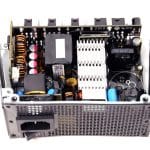
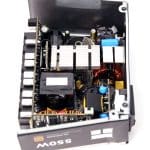
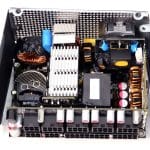
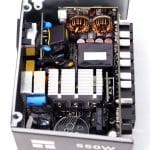
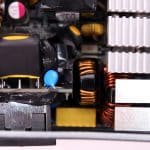
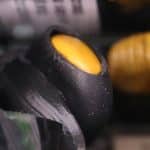
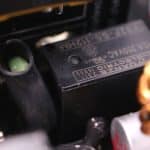
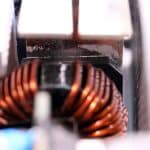

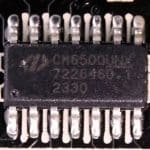


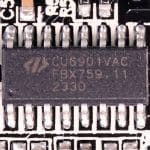
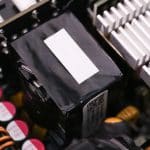
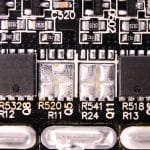
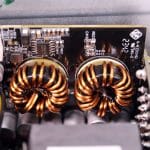

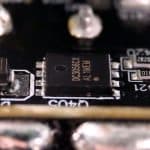


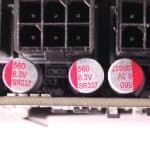
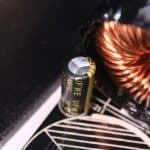
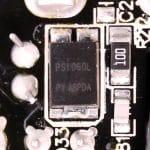
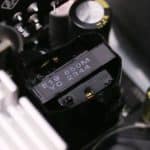

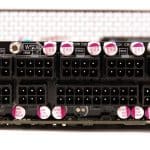
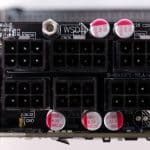
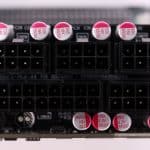
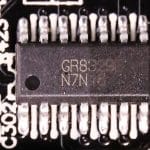
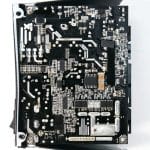
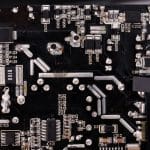
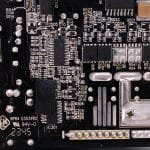
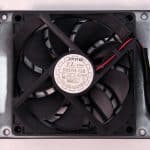
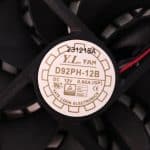


Do you think that the 750/850 version are better? White and black version has a good price on aliexpress :).
I don’t have a clue since I haven’t tested them. Better take a PSU with proper support.
Great review, definitely worried about its inrush current, which seemed really high. I also found TR-TPFX-650 (Platinum), would you be able to do a review on it? I mean it claims to use better material, but barely any review out there.
https://computerorbit.com/products/650w-thermalright-tpfx-650-platinum-modular-sfx-psu?_pos=1&_psq=thermalright+tpfx&_ss=e&_v=1.0
Thanks
Only if TR sends me a sample. I cannot find them here in Cyprus.
Can you do a review of the Thermalright TP-1000/1200? There’s a frustratingly low amount of information about it. Thanks in advance.
If I manage to find them sure.